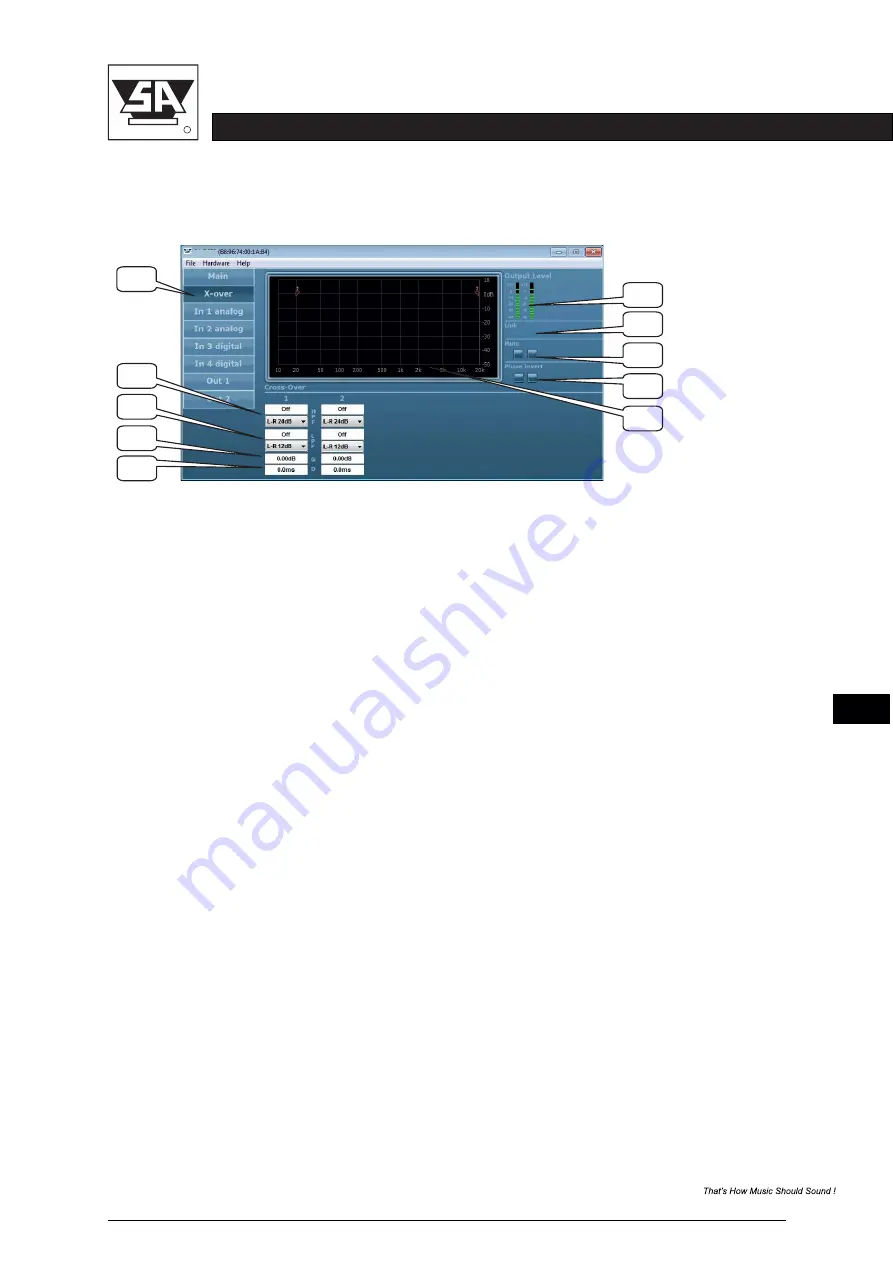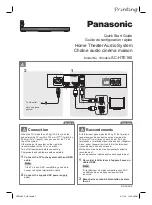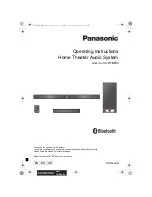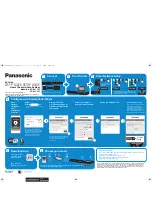
ST
AGE CONTROL
stage accompany
R
BB35 USER MANUAL
5-10
.
5.6 X-over Window
1.
X-over tab: clicking on this tab will open the cross-over window.
2.
High Pass Filter slope and frequency fields: you can enter the desired high pass filter fre-
frequency here and choose the slope. The filter types that can be chosen are Butterworth,
Bessel and Linkwitz Riley. The filter slopes that can be chosen are 6, 12, 18 and 24 dB/octave.
3.
Low Pass Filter slope and frequency fields: you can enter the desired low pass filter
frequency here and choose the slope.
4.
Gain: the output level of each output can be set here. This way you can adjust the output
to match the driver/enclosure sensitivity and amplifier gain.
.
5.
Delay: each output has its own delay setting to adjust the relative driver/enclosure positions.
6.
Output level meters: you can monitor the outputs here.
7.
Link buttons and indicators: clicking on these buttons will link channels, all settings of both
channels are then synchronized. When two adjacent channels are linked, the buttons lights up.
8.
Mute buttons: clicking these buttons mute the corresponding channel. When a channel is
muted the corresponding button lights up.
9.
Phase invert: to compensate for phase behavior of the chosen filter slope, loudspeaker or
loudspeaker positioning, the phase of each output can be inverted individually.
.
10.
Frequency response window: this window gives you a graphical representation of the
cross-over settings.
Note:
A full discussion on the merits of various filter slopes goes beyond the scope of this manual,
but in a nutshell it is as follows:
Butterworth slopes have the highest Q or sharpest knee without an overshoot. They are generally
.
advisable for low cut of stage monitors etc..
-
.
Bessel slopes are chosen because of their phase characteristics.
Linkwitz-Riley crossover are chosen for the flat energy balance between drivers.
Linkwitz-Riley crossover are chosen for the flat energy balance between drivers.
Steeper slopes have smaller crossover regions, smaller crossover regions have less directivity
-
problems, less lobing. But steeper slopes have more phase variation.
Butterworth, Bessel, Linkwitz-Riley have each their own response characteristics and 6 dB to
24 dB slopes. You can use them depending on what you value in your system, and what aspect
is most important to you.
,
1
4
3
5
2
6
7
8
9
10
BB35









































